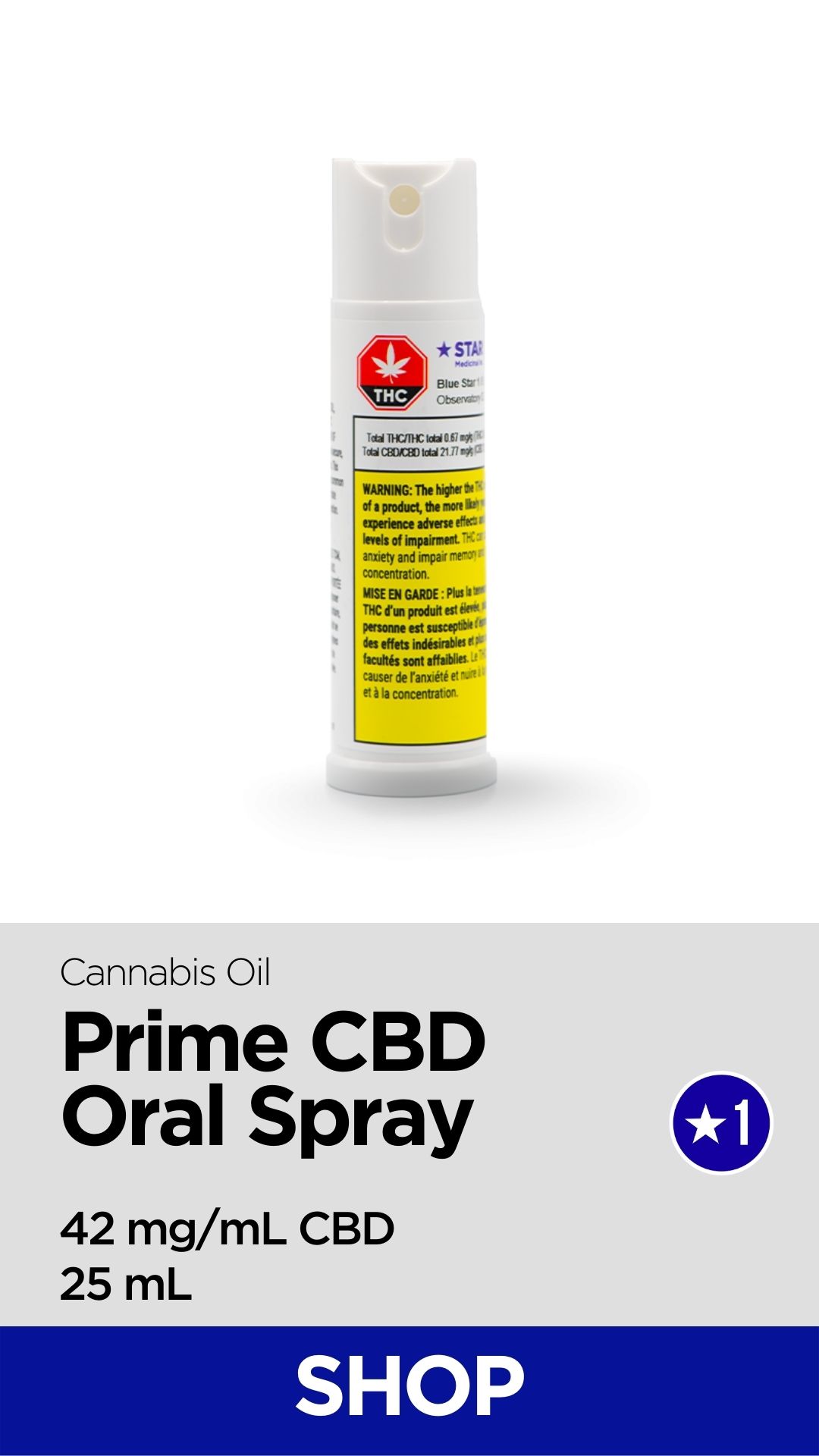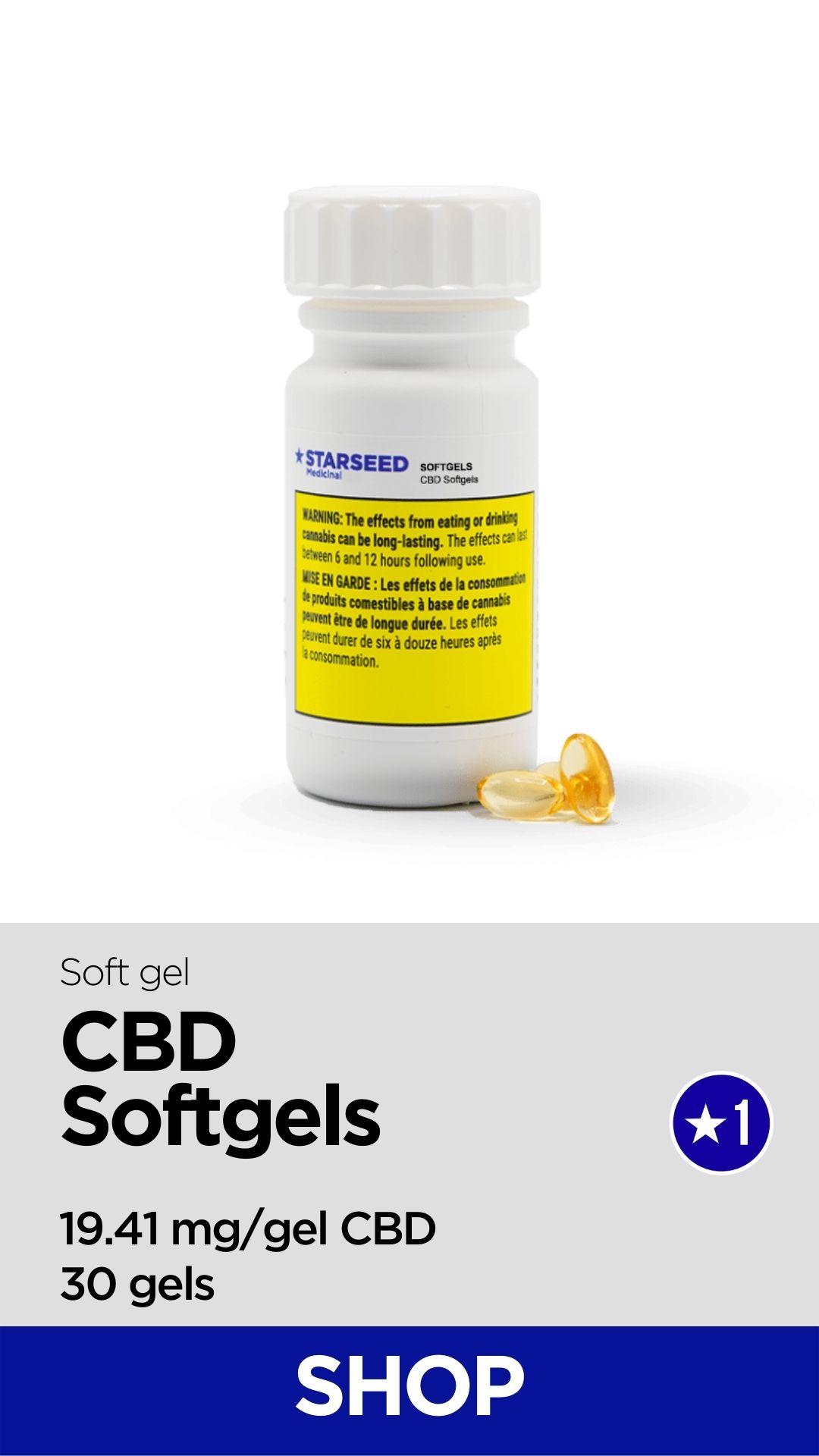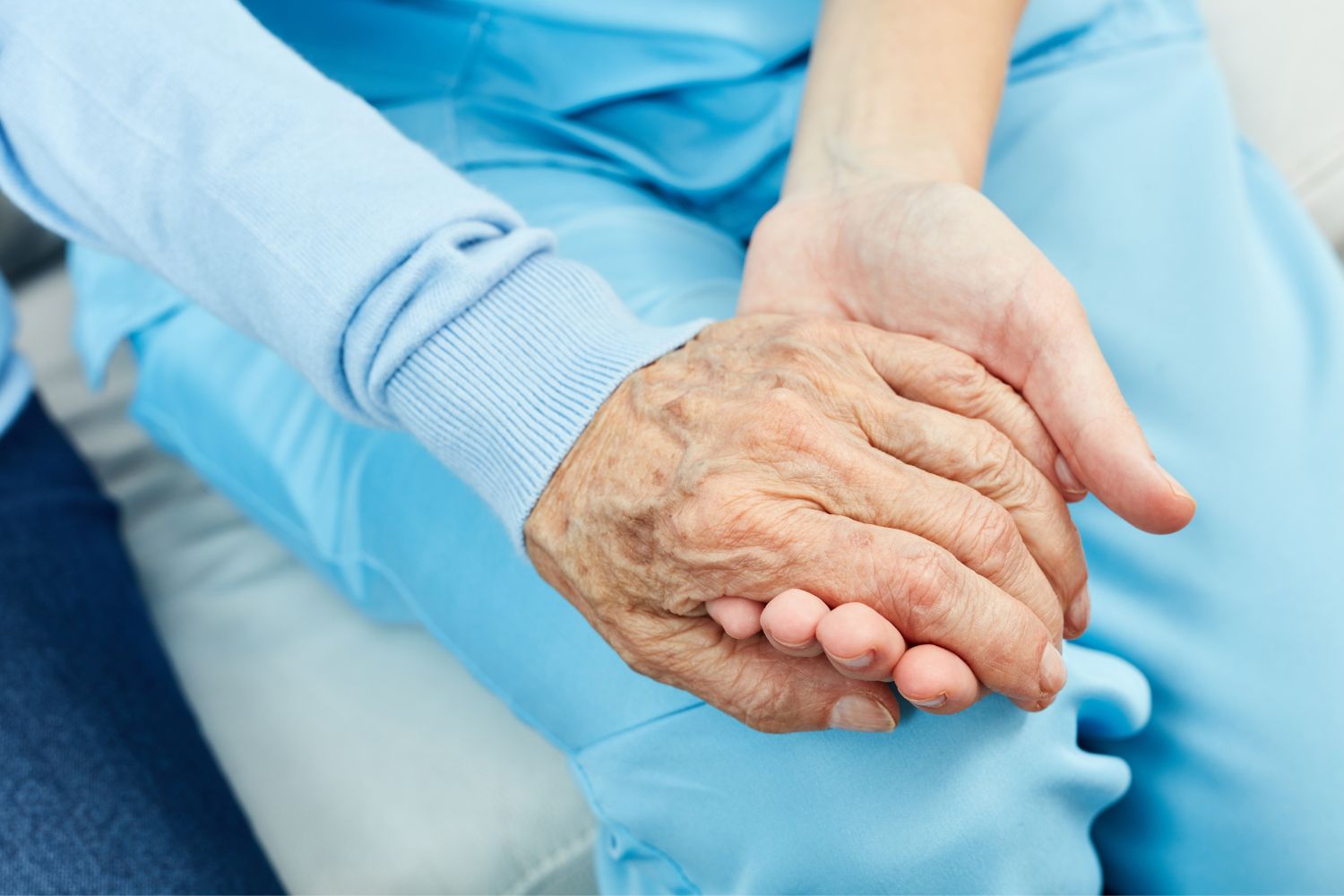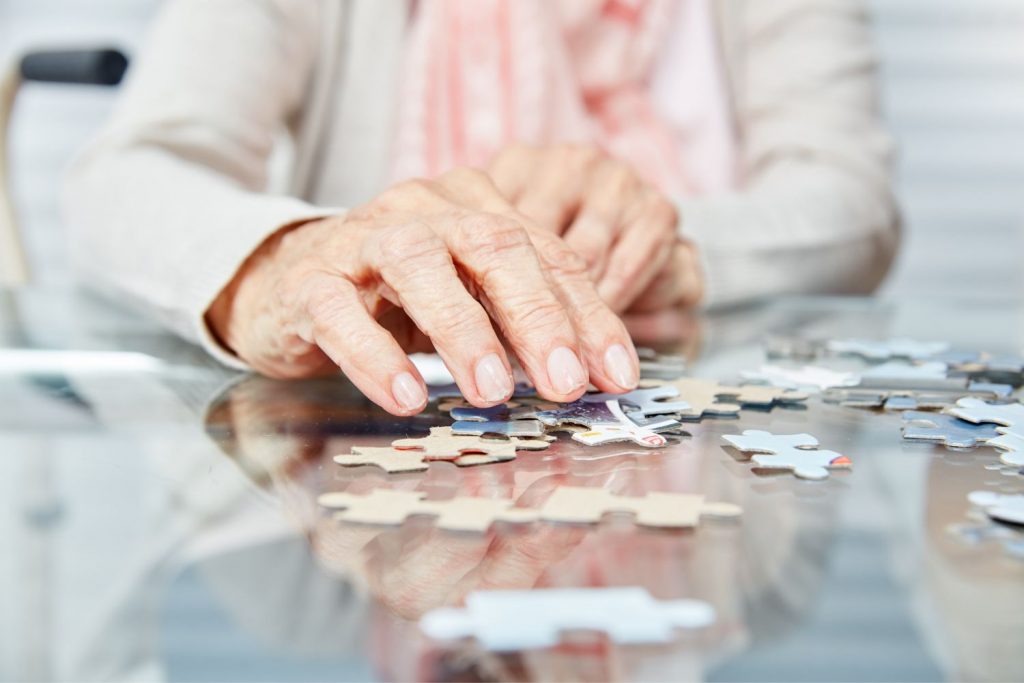According to the Alzheimers society in Canada, by the 2040s it is expected that 20,000+ Canadians will be diagnosed with dementia every month1. In Ontario, 64% of long-term care residents have a diagnosis of dementia2. Neuropsychiatric symptoms (behavioural and psychological symptoms in dementia) are on the rise and can be challenging to treat as our population ages and people with dementia live longer.
The therapeutic potential of cannabinoids has been studied by researchers and clinicians over the past decade. They have investigated a range of topics, including whether cannabinoids can improve the neuropsychiatric symptoms of dementia such as agitation, mood changes, apathy, psychosis, wandering, and aggression.
An exciting, new placebo-controlled, randomized clinical trial has just been published to evaluate the safety and efficacy of CBD-dominant medical cannabis oil for the reduction of behavioural disturbances amongst patients with dementia. The formulation of the CBD oil is 30% (or 295mg/mL) CBD and 1% THC (or 12.5mg/mL). They found a statistically significant reduction in agitation over placebo with non-serious side-effects3.
These research findings are not surprising, given the therapeutic potential of CBD for anxiety and psychosis 4,5. According to studies, CBD may have antipsychotic and anxiolytic benefits, but more importantly, it can protect patients against the negative side effects of some of the available drug therapies.


We know that agitation is a common change in behaviour in people with dementia. Many also agree that non-drug treatments should be used before turning to drugs for acute agitation that doesn’t improve with other measures. Existing medications can be used to treat behavioural changes like agitation, but many of them have harmful side effects. For example, antipsychotics often only provide a temporary relief and come with serious risks like the potential of falls, strokes, or even death 6,7.

More than 1 in 5 residents of long-term care centers receive antipsychotics off-label and without a diagnosis, according to recent research8. The Canadian Institute for Health Information (CIHI) reports that since the pandemic started, the off-label use of antipsychotics has increased9.
Cannabinoids, on the other hand, interact with the body different, which means they could be safer and more effective overall for someone experiencing agitation. Some of their actions are even said to help prevent the loss of brain cells, but human clinical trials have not yet shown evidence to support this notion10.
For those who have dementia, weight loss, pain, and sleep issues are major issues that are frequently accompanied by agitation and aggression. Cannabinoids have also been associated with improvements in appetite and pain11.
A diagnosis of dementia may be upsetting for you and your friends and family. If you are a family member or friend, there are things you can do right now to make life a little easier. Find out more at Alzheimer’s Society in Canada.
Potential harms of antipsychotics:

• Side effects including sedation, falls, postural hypotension, confusion, stiffness/rigidity, diabetes, constipation, and weight gain
• Increased risk of stroke
• Increased risk of death
Health Canada noted a 1.6-fold increase in mortality (mostly related to heart failure, sudden death pneumonia). Some data suggests that there will be 1 extra stroke or death for every ~100 people treated with antipsychotics13.





